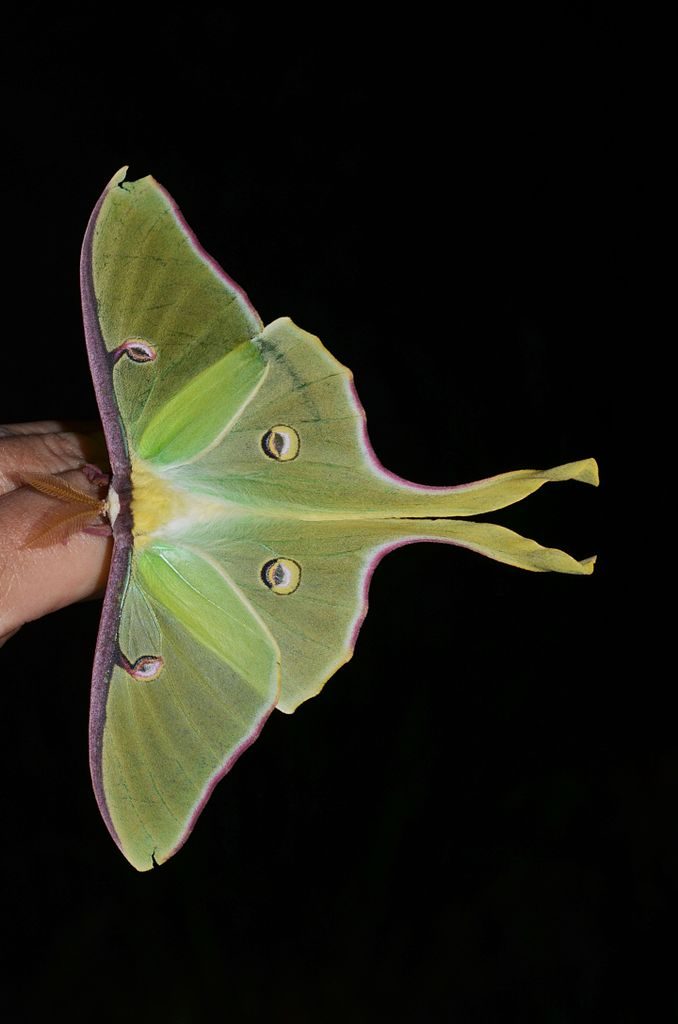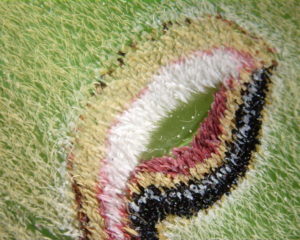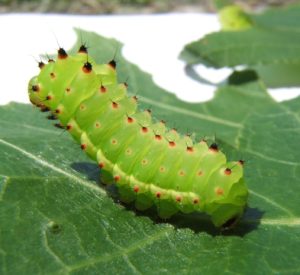5 Quick Facts about the Luna Moth

Luna Moth Facts
This time of year there is a fun abundance of moths and insects flying around at night, and often hanging on buildings during the day. One such popular moth in our region is the luna moth (Actias luna). Luna moths are the charismatic megafauna of the moth world. They're big and flashy and easy to spot, as well as being quite harmless. In honor of these beauties, and the summer nights, here are ten interesting facts about luna moths.


1.The name "luna moth" came from Linnaeus.
The first person in North America to collect a Luna moth was a guy from Maryland call Hugh Jones, later a naturalist called James Petiver created a plate of a luna moth and labeled it Phalena plumata caudata) around 1700 or so. This name roughly translates into "brilliant feather tail". Later, in 1758 when Linnaeus came along with his binomial (two part name) naming system he called the moth Actias luna. "Luna" is Latin for Moon, so the name relates to the month's moon-like spots. This goes along nicely with its family name Saturniidae, which relates to the rings around its spots. Very astronomical of these naming guys.

2. Luna moth caterpillars click their mandibles (mouth parts and regurgitate smelly liquids when threatened by predators.
I don't know about you, but if something clicks at me and then regurgitates smelly plant bits I'd be inclined to put it down. This is the defense system of the luna moth caterpillar, and other moths in the Bombycoidea super family of moths. Yes, scientists really study this, if you want to read a fascinating paper check this one out in the Journal of Experimental Biology by Brown et. al. 2006. It has exciting things like pinching caterpillars with tweezers (scientists call them forceps) to simulate bird beaks, exposing the caterpillars to baby chicks, and weighing regurgitation from the caterpillars. You've got to love science...you can't make this stuff up.

3. Where the luna moth lives determines how many broods it will have.
Luna moth females can lay anywhere from 200-600 eggs, which is a lot! They usually lay them in small batches and spread them around. Moths that live north of the Mason Dixon Line (roughly) have only one brood of eggs/young a year. Moths that live below that lin, and in the south have up to three broods.

4. Luna moths wrap their cocoons in leaves.
Wrapping their cocoons in leaves help protect the vulnerable larvae as they begin the process of metamorphosis. It provides excellent camouflage. You can actually purchase luna moth cocoons from Carolina Biological Supply for classrooms and as unique gifts for the family. A pack of 3 is roughly $20. Just remember to watch them closely. I had a close call with my cat once.

5. When a luna moth emerges it doesn't have mouth parts to feed, it's sole purpose is to reproduce.
They only live about a week as a adults and then perish. Males usually emerge from cocoons first, and get a head start on the females. Lots of other insects have these non-feeding life stages, think of cicadas.
Luna moths are really unique creatures, showy and family friendly moths that everyone loves. Next time you see one outside, remember that the moth you're seeing will only live for a week to reproduce and then it's gone. Observe it, and let it go on its way to enjoy its short life.

